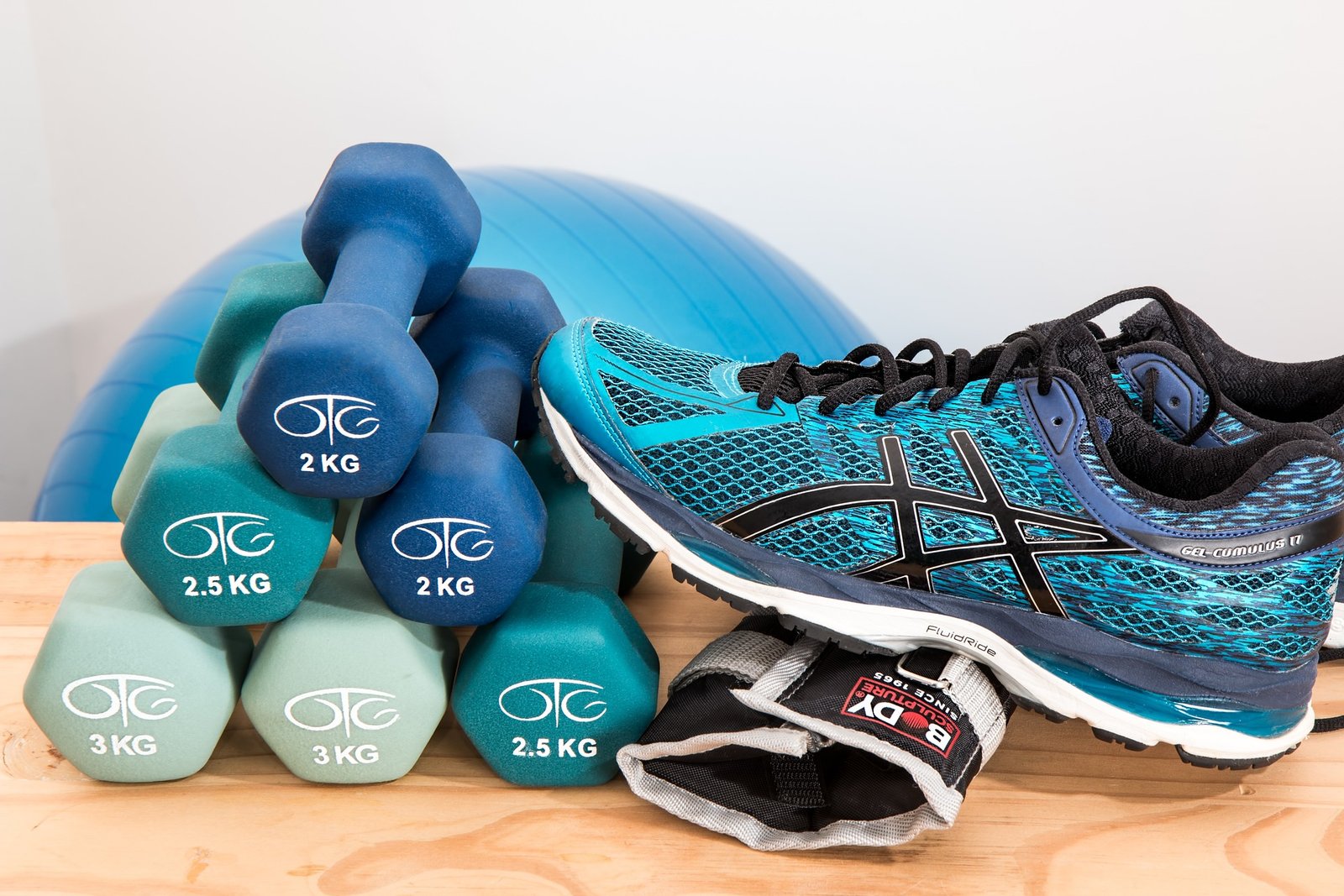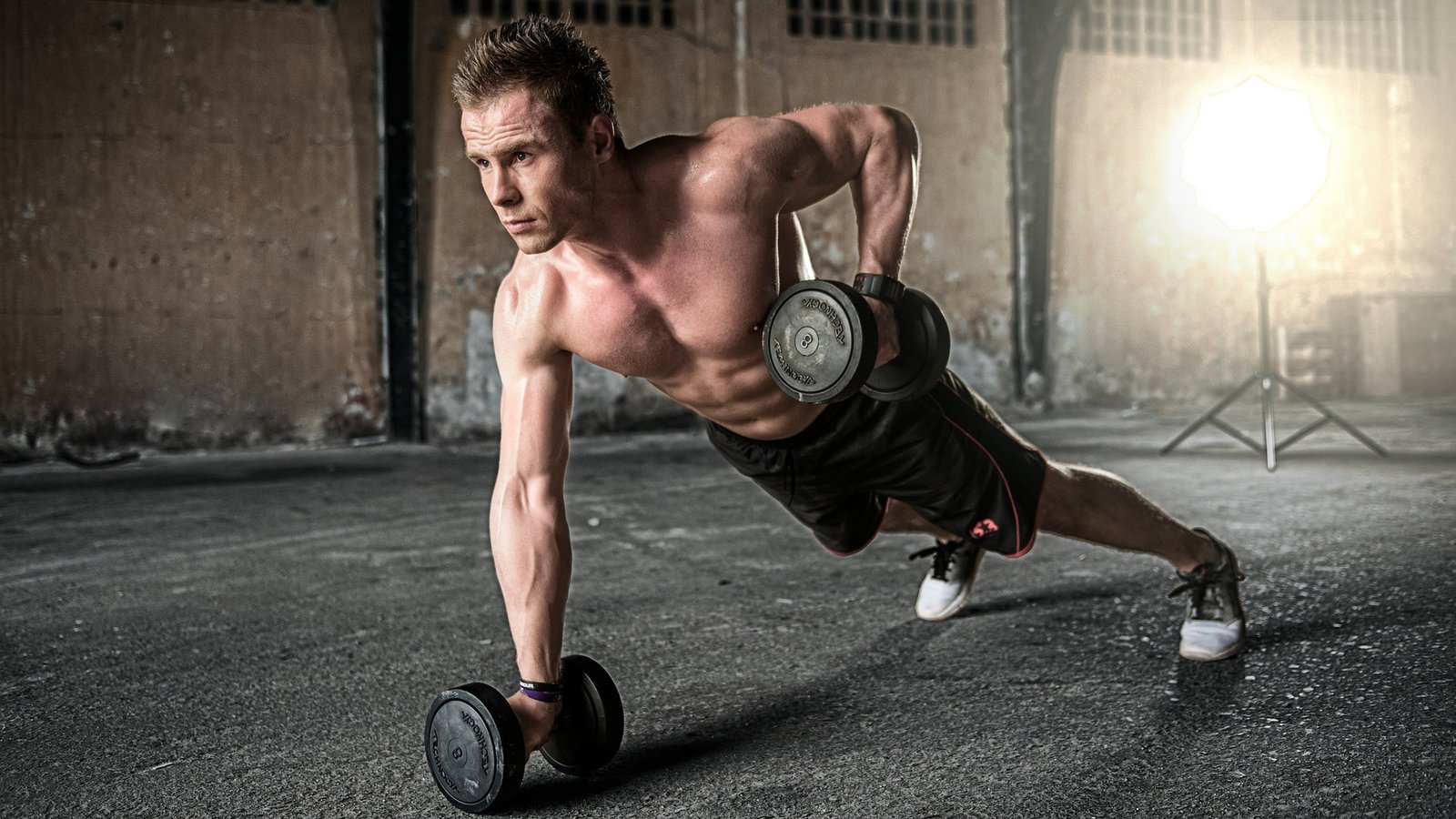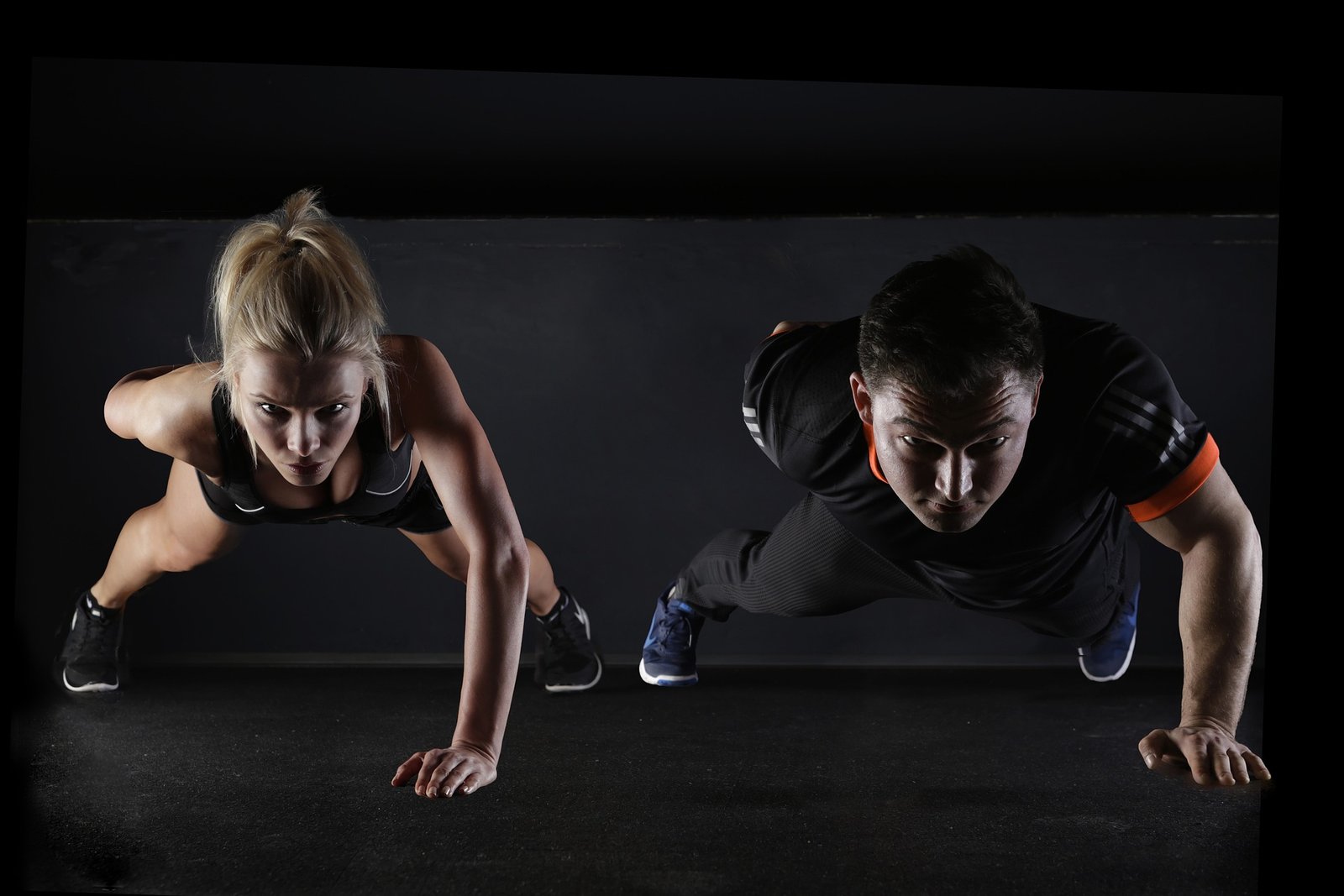Are you struggling to achieve your fitness goals? Maybe you’ve tried countless workout routines and diets, but nothing seems to work. The truth is, getting in shape is easier said than done. That’s where personal training comes in. A professional coach can provide you with the support, motivation, and guidance you need to achieve your fitness goals. In this article, we will discuss the many benefits of personal training and how a professional coach can help you achieve your fitness goals.
What is Personal Training?
Personal training is a one-on-one fitness program that is tailored to your specific needs and goals. A personal trainer will assess your fitness level and create a personalized workout plan that is designed to help you reach your fitness goals. They will also provide you with nutrition advice and support to help you maintain a healthy diet. The main goal of personal training is to help you achieve your fitness goals in a safe and effective manner.
The Benefits of Personal Training
Personal training offers numerous benefits for people of all ages and fitness levels. Here are some of the top benefits of personal training:
1. Personalized Attention
One of the main benefits of personal training is the personalized attention you will receive. Your personal trainer will work with you one-on-one to create a workout plan that is tailored to your specific needs and goals. This means that you will receive individual attention and support throughout your fitness journey.
2. Motivation and Accountability
Personal training provides you with the motivation and accountability you need to achieve your fitness goals. Your personal trainer will encourage you to push yourself and will hold you accountable for your progress. This will help you stay motivated and on track towards achieving your goals.
3. Proper Form and Technique
Personal training can help you learn proper form and technique for each exercise. This is important because using improper form can lead to injuries and can also prevent you from achieving your goals. Your personal trainer will ensure that you are performing each exercise correctly and safely.
4. Variety in Workouts
Personal training provides you with variety in your workouts. Your personal trainer will create a workout plan that includes a variety of exercises to keep your workouts interesting and challenging. This will prevent you from getting bored and will also help you avoid hitting a plateau in your fitness progress.
5. Goal Achievement
Personal training is designed to help you achieve your fitness goals. Your personal trainer will work with you to set realistic and achievable goals, and will help you track your progress towards those goals. This will help you stay motivated and on track towards achieving your goals.
How a Professional Coach Can Help You Achieve Your Fitness Goals
A professional coach can help you achieve your fitness goals in many ways. Here are some of the ways that a professional coach can help you:
1. Assess Your Fitness Level
A professional coach will assess your fitness level to determine your strengths and weaknesses. This will help them create a personalized workout plan that is tailored to your specific needs and goals.
2. Create a Customized Workout Plan
A professional coach will create a customized workout plan that is designed to help you achieve your fitness goals. This plan will take into account your fitness level, goals, and any limitations or injuries you may have.
3. Provide Nutritional Guidance
A professional coach will provide you with nutritional guidance to help you maintain a healthy diet. This is important because proper nutrition is essential for achieving your fitness goals.
4. Motivate and Encourage You
A professional coach will motivate and encourage you to push yourself and achieve your goals. They will provide you with the support and guidance you need to stay on track towards achieving your goals.










